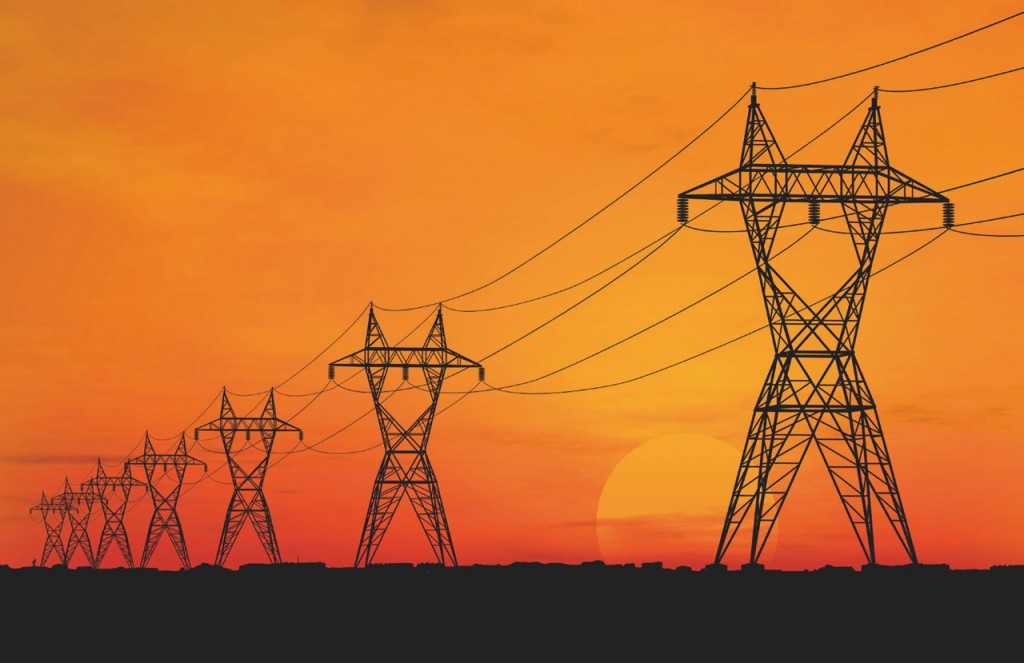
India’s first high-voltage, direct-current (HVDC) transmission line, connecting the northern states with the north-eastern ones, will be operational on August 31. The 800-kv, 6,000-MW line was built by Power Grid Corporation of India at an investment of R12,000 crore.
“The high-capacity (800-kV, 6,000-MW) HVDC bipole line is being implemented from Bishwanath Chariali in Assam to Agra in Uttar Pradesh through Alipurduar in West Bengal. The high-voltage corridor would facilitate transfer of 24,000 MW from future generation projects in the north-eastern region and Bhutan,” said a senior Power Grid official.
The corridor shall integrate the north-eastern region with other regions of the country to facilitate smooth and reliable power transfer, giving rise to a stable national grid. The nature of control of power flow of the HVDC interconnection provides additional flexibility in grid operation, thereby improving various grid parameters.
The link will act as a highway from the north-eastern region to the rest of the country and shall play a significant role in the hydro potential in the north-eastern region.
The transmission project, connecting 1,728 km, was started in September 2013 and is nearly complete. Currently, only China has such a high-voltage transmission corridor. Two more such corridors are likely to come up in India, which include Champa-Kurukshetra (1,350 km) and Raigarh-Pugalur-New Trichur (1,600 km).
“There was a need to interconnect the north-eastern grid with a strong, reliable and secure interconnection with the rest of the Indian grid, which would also take care of the large potential of hydro power in the region,” the Power Grid official explained. Currently, the north-eastern states are generating about 2,000 MW, while demand is around 1,610 MW. In the future, the HVDC line could help to evacuate electricity to the tune of 50,000 MW and supply to power-deficit northern states.
Government-owned BHEL and Switzerland-based ABB have supplied equipment for the project. The line has overcome a major hurdle by passing through the chicken-neck area in Siliguri district of West Bengal, having an acute constraints in the availability of right of way.
The HVDC interconnector will facilitate bidirectional control flow of power, which means it can transfer power from the north-eastern region when it is in surplus during the high hydro period of the year. On the other hand, the north-eastern region can also import power from other regions, particularly in the lean hydro period of the year.